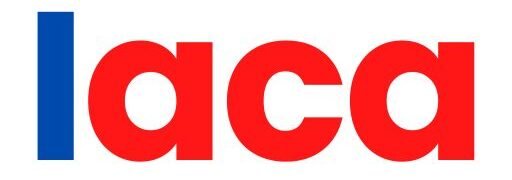The United States has implemented significant updates to its preference immigrant visa policies as of April 2025. These changes impact both family-sponsored and employment-based immigration programs, aiming to reduce backlogs and prioritize high-skilled immigrants.
Elimination of Per-Country Numerical Limits
A major shift in employment-based immigration is the removal of per-country numerical limitations. Previously, applicants from countries with high demand, such as India and China, faced excessive wait times due to these caps. The updated policy, driven by the Fairness for High-Skilled Immigrants Act, eliminates these restrictions, allowing visas to be allocated more evenly. Additionally, the per-country cap for family-sponsored immigrants has been increased from 7% to 15%.
To ensure a smooth transition, the policy includes a phased approach over three years. A portion of employment-based visas will be reserved for applicants from non-backlogged countries, decreasing gradually from 15% in FY2025 to 10% in FY2026 and FY2027. No single country can claim more than 25% of these reserved visas during the transition period.
Reforms in Family-Sponsored Immigration
The updates also aim to reduce wait times for family-sponsored applicants. The increase in per-country limits from 7% to 15% is expected to ease backlogs, ensuring quicker reunification for families. This change aligns with the broader goal of making the immigration system more equitable.
Introduction of a Points-Based System
In employment-based immigration, discussions continue about shifting to a merit-based, points-driven system. The proposed Reforming American Immigration for Strong Employment (RAISE) Act suggests replacing the current framework with a system that evaluates applicants based on age, education, English proficiency, job offers, and investment potential. This shift intends to prioritize high-skilled professionals and align immigration policies with U.S. economic needs.
Impact on Visa Bulletin and Priority Dates
The April 2025 Visa Bulletin reflects these changes. One key update is that the Employment-Based Fourth Preference (EB-4) category, covering certain religious workers, has already reached its cap for the fiscal year as of February 28, 2025. No further EB-4 visas will be issued until the next fiscal cycle. This development underscores the growing demand for specific employment-based visa categories.
Future Immigration Policy Considerations
There are ongoing discussions about broader immigration reforms. Some proposals focus on stricter regulations for both legal and illegal immigration, while others suggest modifications to existing programs like the H-1B visa. As the U.S. continues to refine its immigration policies, these potential changes will shape the future landscape for immigrants.
Conclusion
The April 2025 updates to the U.S. preference immigrant visa policy mark a significant shift toward a more merit-driven system. By eliminating per-country limits and considering a points-based model, the U.S. aims to attract highly skilled workers while addressing long-standing backlogs. The impact of these reforms will become clearer as the policies take effect in the coming months.




